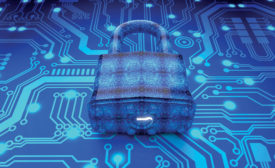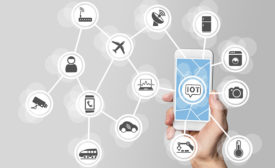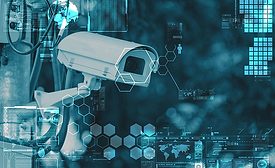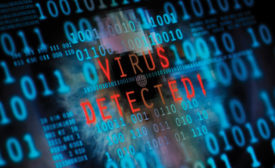Web Exclusive Stories
Eliminating vulnerabilities early in the SDLC for Société Française du Radiotelephone
Case Study
August 19, 2020
Sign-up to receive top management & result-driven techniques in the industry.
Join over 20,000+ industry leaders who receive our premium content.
SIGN UP TODAY!Copyright ©2024. All Rights Reserved BNP Media.
Design, CMS, Hosting & Web Development :: ePublishing














